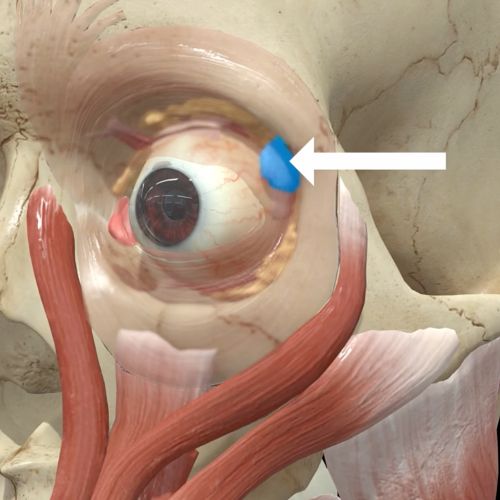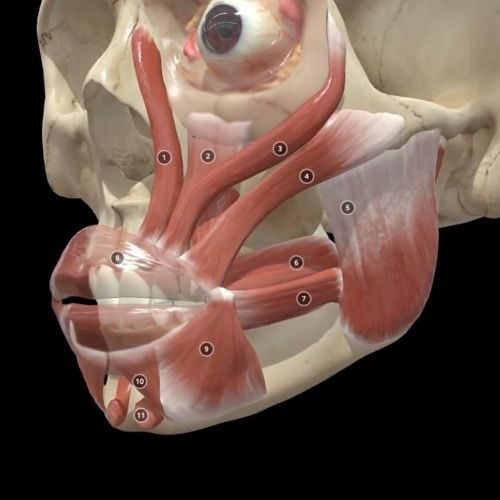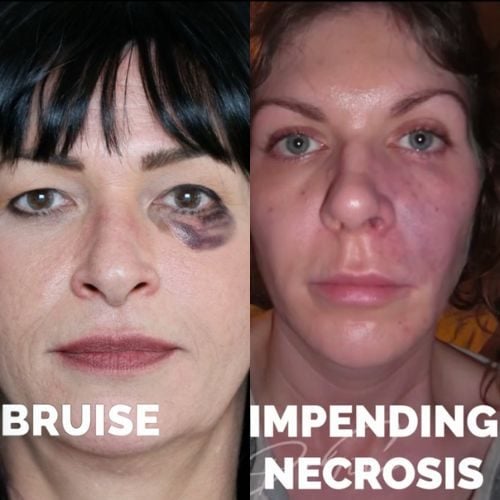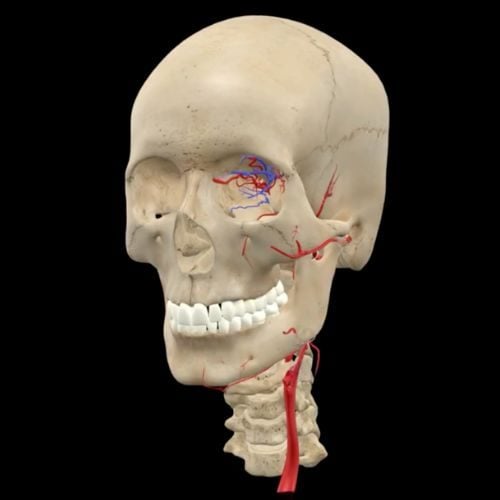- Mail us: support@drtimpearce.com
Treating tear troughs and dark circles with dermal filler
You may be interested
 Dr Tim Pearce
Dr Tim Pearce

The appearance of dark circles underneath the eyes is one of the most common reasons why patients present at a medical aesthetic clinic, particularly those in their 40s and 50s who are seeking a way to reduce their impact.
In this blog, Dr Tim Pearce will discuss the types of dark circles or tear troughs, and how you can address them as an aesthetic clinician using dermal fillers. This procedure is full of pitfalls and potential complications, but Dr Tim will guide you through the safety aspects of treating the tear trough to reduce the appearance of dark circles.
Do you feel anxious about causing complications? Many clinicians feel so overwhelmed with the thought of causing a vascular occlusion that it stops them growing their aesthetics business. Dr Tim is currently hosting a webinar series to help you overcome your fear of complications so that you can uplevel your knowledge, and increase your CPD-certified learning to build a successful aesthetics business. Sign up here >>
What are primary and secondary tear troughs?
Dr Tim recalls a patient who presented to him complaining of a sense of tiredness when she looked at herself in the mirror. He could see that the shadow underneath her eye was one of the key reasons making her appear tired in certain circumstances. The next challenge, when assessing such a patient is to decide whether the type of shadow you can see can be improved with dermal filler treatment, or whether something else should be recommended instead. To do this, it is important to know that there are two types of tear trough – a primary and a secondary type of shadowing.
Children commonly have the primary type of tear trough. These shadows can trigger some patients to present to you often in their early 20s or early 30s seeking treatment, when they have always had the problem. These are the hardest tear troughs to treat for aesthetic clinicians and it is vital that you establish how long the patient has had the shadowing. You must assess whether the shadow is due to a strongly attached tear trough ligament or whether it is caused by ageing – the secondary tear trough type.
Secondary tear trough types occur as the face ages causing a shadow under the eye to develop; these are different to the primary tear trough present since childhood. It is usually easier to get a good result when treating secondary tier troughs because you are correcting an imbalance in the fat pads which has caused the shadow. The technique involves correcting the area where volume has decreased to hide or blend in some of the shadow; this cannot be carried out quite as easily in a young person with a primary tear trough shadow. Therefore, the ideal patient to treat is an individual who has a secondary onset tear trough, in other words they never used to have a problem and it has recently developed.
Alongside gathering a patient history to help identify the tear trough type, you may also be able to tell upon examination whether it feels quite tight in the area. If it is quite mobile – and you can test this with a cotton bud by pushing underneath the ligament – if it elevates outwards, you can determine if you may be able to project the skin outwards (using dermal fillers) to catch the light differently and reduce the shadow.
Why are many aesthetic clinicians (and patients) afraid to treat the tear trough?
 There is good reason for this caution, warns Dr Tim. The tear trough is the area most likely to need to be reversed following cosmetic intervention with dermal fillers. Therefore, many aesthetic clinicians deem it not worth the risk.
There is good reason for this caution, warns Dr Tim. The tear trough is the area most likely to need to be reversed following cosmetic intervention with dermal fillers. Therefore, many aesthetic clinicians deem it not worth the risk.
This might be true in some hands, but not true in others, and true in some patients, but not true in others.
The key is to establish the variables that are making it not worth the risk and then determine how to mitigate some of those risks.
A common side effect of treating tear troughs with dermal filler
 The most common side effect from tear trough treatment is visible dermal filler. The initial treatment may have improved the dark shadow, but has resulted in another shadow, bulge, translucency, or Tyndall effect (bluish tone) to the skin. These side effects become another distraction; hence, it is not worth having the filler product in place to reduce the dark circle and you end up having to reverse the whole procedure with hyaluronidase.
The most common side effect from tear trough treatment is visible dermal filler. The initial treatment may have improved the dark shadow, but has resulted in another shadow, bulge, translucency, or Tyndall effect (bluish tone) to the skin. These side effects become another distraction; hence, it is not worth having the filler product in place to reduce the dark circle and you end up having to reverse the whole procedure with hyaluronidase.
This experience is more commonplace with newer aesthetic injectors, practising for less than a couple of years. There is no room for mistakes when treating the tear troughs and experience is key. The skin is very thin, it is the most visible part of the face, with only 0.2mm of dermis to hide any imperfections. This treatment takes a lot of practice and careful injecting to consistently achieve good results, alongside choosing the correct product and selecting the right patients. Dr Tim concludes that you should be saying ‘no’ to many patients who ask for treatment in this area, or who have a shadow underneath the eyes because they often require something else, usually cosmetic surgery.
What are the potential risks when treating the tear trough and how can they be reduced?
Causing blindness
Many practitioners are worried about causing blindness when treating the tear trough, but it is not a high-risk area for impacting on vision because most of the vessels that can lead to the eye are not nearby. The vessels most likely to be associated with blindness are those present when carrying out a non-surgical rhinoplasty, treating the glabella, and when near the supratrochlear artery. To the untrained eye, we appear quite close, medially, but there is approximately one centimetre distance in most patients which makes it low risk.
Right or wrong dermal filler product
The choice of dermal filler product matters considerably. If you use a standard hyaluronic acid-based filler product, it will attract a lot of fluid afterwards, leading to puffiness around the eyes. Since Dr Tim started practising in medical aesthetics, product choice has seen much innovation in what is now available to specifically treat the tear troughs with less hydrophilic options; examples include Juvéderm Volbella and Teosyal Redensity 2. Not only do these products attract less moisture, meaning they retain their original shape and placement, but they are also very malleable and allow you to adjust easily soon after injection. However, he still advises a cautious approach, using small amounts of product (0.05ml boluses) as you get to grips with the nuances of treating this difficult area.
Treat the face holistically to improve the tear trough
The tear trough is affected by volume in the cheek, both laterally and medially. Often, you can improve the tear trough, and make it much easier to get the final improvement by treating the surrounding areas first. You must think holistically when assessing your patients, urges Dr Tim. Do not inject the medial third of the tear trough, on its own. Think about the cheek, the tear trough on both the lateral aspect (the lateral orbital junction), and the medial aspect. If you only fill the medial third, he believes it creates a very unhealthy look where the lateral lid-cheek-junction is depleted, and the medial aspect is more likely to look over-treated.
Oedema
It is vital to rule out treating those patients who are at significant risk of oedema. These include those with a primary tear trough type and anyone who suffers from periorbital oedema, particularly in the mornings. If the patient notes that they are very puffy in the mornings, there is a high likelihood that they will be even more puffy after the procedure, thus they must be contraindicated.
Another way to reduce the risk of oedema in all suitable patients is to use low doses or low volumes of product. Similarly, inject more deeply, and wherever possible try to inject on the periosteum. Dr Tim explains that he believes that if you use a cannula for this treatment, it tends to gravitate towards the middle level of the tissue because it bounces off anything that presents resistance such as connective tissue in the dermis or the periosteum. Thus, the product is placed in an intermediate depth, which is much more superficial, and more likely to result in lumps, bumps, or puffiness post procedure. For this reason, he prefers to use a needle on the periosteum.
Needle placement
It is paramount that you know where your needle is placed before you start injecting; this can be confusing as you gain experience. One pitfall is that you may think you are about to inject onto the bone, in the shadow where the lateral lid cheek junction is located, but it is the shadow where the lower lid meets the cheek which is just above the orbit. Injecting here without checking can mean going straight into the orbit through the orbital membrane. It is therefore very risky to point your needle towards the wrong shadow. Dr Tim advises that you always check for periosteum underneath your needle. This can be done before with a cotton bud or your finger, or with the needle before you start injecting. Ensure you are on a flat surface, which is the periosteum, and that you are not pointing towards the orbit.
Does the fear of managing tear trough complications keep you awake? In this blog, Dr Tim takes you on a journey of avoiding, managing, and treating complications and adverse effects from under-eye fillers, including the dreaded periorbital oedema. You can also swot up on your tear trough anatomy and learn how not to inject filler within the orbit. Dr Tim also answers the question – should we stop injecting tear troughs with dermal filler? – and explains why despite many who are against the procedure, he still chooses to treat tear troughs.
Dr Tim loves to hear from his followers, so why not drop him a comment or question on social media if you have anything else to discuss about tear trough treatments; you can find Dr Tim Pearce on Instagram.
Aesthetics Mastery Show
Treating dark circles with dermal filler – causes, safety and result expectiations
In this episode Dr Tim covers how you can treat dark circles with dermal filler. The safety aspects you need to be aware of and how to choose the right patient for this treatment, as it isn’t suitable for some patients based on the type of tear trough they have. Watch the full Aesthetics Mastery Show here.
The video has been watched thousands of times already and has great feedback from subscribers and viewers on the YouTube channel, including the following comments:
@DrAprajita5447 said:
“I have been following you for quite a while now and every video of yours is like a “note to self” on what to do and what not to! Thank you so much for creating such content and helping us do our jobs better”
@cm9147:
“I had my undereyes done 2 yrs ago. Best decision ever. Still looks great. No reinjection needed so far”
@caitlin4176:
“This is one of the most helpful tear trough /infraorbital filler tip videos I have ever watched!! Thanks Dr. Tim – Rebel Aesthetics PLLC”
Read more comments and join in the debate on our YouTube channel.
Is your worst nightmare causing a VO?
If you want to be a great injector then you need to get over your fear of complications. Register here for the next webinar to help you overcome your complications anxiety >>
Subscribe to our YouTube channel for really useful regular tips and advice. ![]()
Dermal Filler eLearning Courses
If you want to increase your knowledge about safe and effective dermal filler injectable treatments, Dr Tim Pearce offers a series of fabulous courses. The foundation level is a popular starting point, with many delegates continuing to complications courses focused around safety, including how to minimise the risk and how to handle things if the worst occurs:
Both give CPD and certificates on completion and are highly rated by our delegates.
In addition, browse our FREE downloadable resources.
Dr Tim Pearce eLearning
Dr Tim Pearce MBChB BSc (Hons) MRCGP founded his eLearning concept in 2016 in order to provide readily accessible BOTOX® and dermal filler online courses for fellow Medical Aesthetics practitioners. His objective was to raise standards within the industry – a principle which remains just as relevant today.
Our exclusive video-led courses are designed to build confidence, knowledge and technique at every stage, working from foundation level to advanced treatments and management of complications.
Thousands of delegates have benefited from the courses and we’re highly rated on Trustpilot. For more information or to discuss which course is right for you, please get in touch with our friendly team.
Related Articles
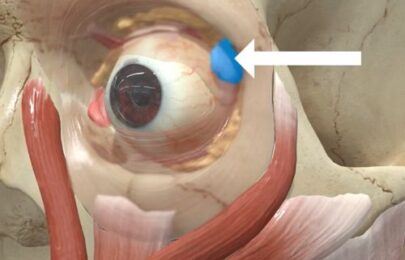 Bestseller
Bestseller
Avoiding Botox Eye Complications From Dry Eye to the ‘Psycho Look’
September 30, 2025
Avoiding Botox Eye Complications From Dry Eye to the ‘Psycho Look’
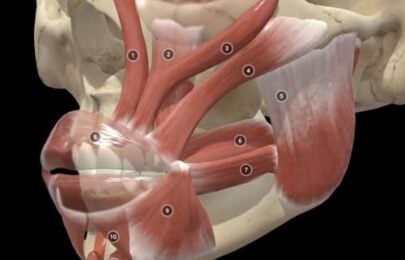 Bestseller
Bestseller
How to Fix a Crooked Smile with Botox
September 25, 2025
How to Fix a Crooked Smile with Botox
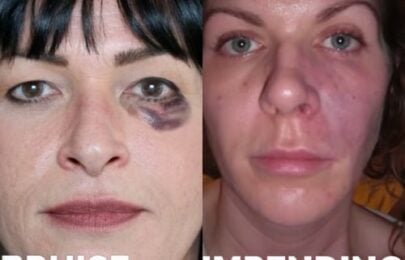 Bestseller
Bestseller
Multiple Causes of Vascular Occlusion and Necrosis
September 23, 2025

